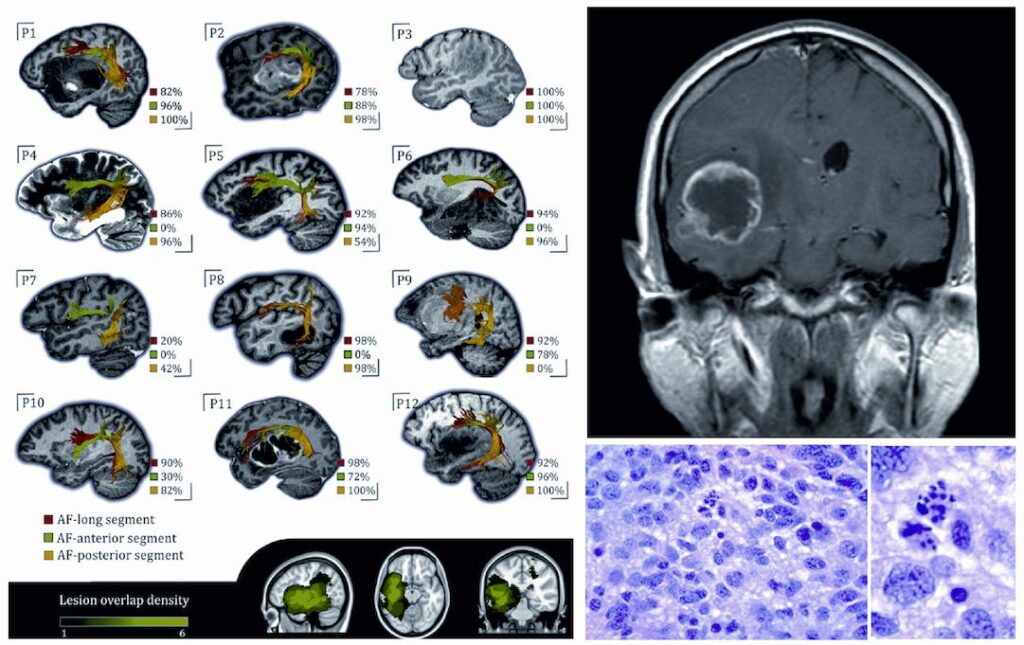Glioblastoma is the most common primary brain tumor and the one with the worst prognosis. It has a very rapid evolution and its appearance can cause headaches, drowsiness, seizures and neurological problems that affect speech, movement and memory. For this reason, its management represents a great challenge for the health system.
In turn, public health systems have had to face great difficulties over the last fifteen years, such as the global financial crisis or the recent COVID-19 pandemic, which have had consequences for the diagnosis, monitoring, and treatment of some diseases. Now, the Neuro-oncology research group of the Bellvitge Biomedical Research Institute (IDIBELL) has analyzed the data of patients diagnosed with glioblastoma during the period 2008-2021 to determine the impact of the different policies used when dealing with these challenges.
The team of researchers led by Jordi Bruna, also coordinator of the Neuro-Oncology Functional Unit of the Bellvitge University Hospital (HUB) and the Catalan Institute of Oncology (ICO), has identified that these crises have altered the care path that glioblastoma patients have received, especially in the period corresponding to the financial crisis. On the contrary, management during the pandemic has not had a significant impact on their survival.
The results published this week in the journal Neuro-Oncology point to a correlation between early diagnosis and initiation of treatment and better patient survival, while they establish that the levels of investment in the health system end up constituting an important prognostic factor for the survival of patients. On the other hand, the authors indicate that the effects of the COVID-19 pandemic period have probably been contained thanks to the efforts of health workers and the rapid adaptation of protocols to the stressful situation.

